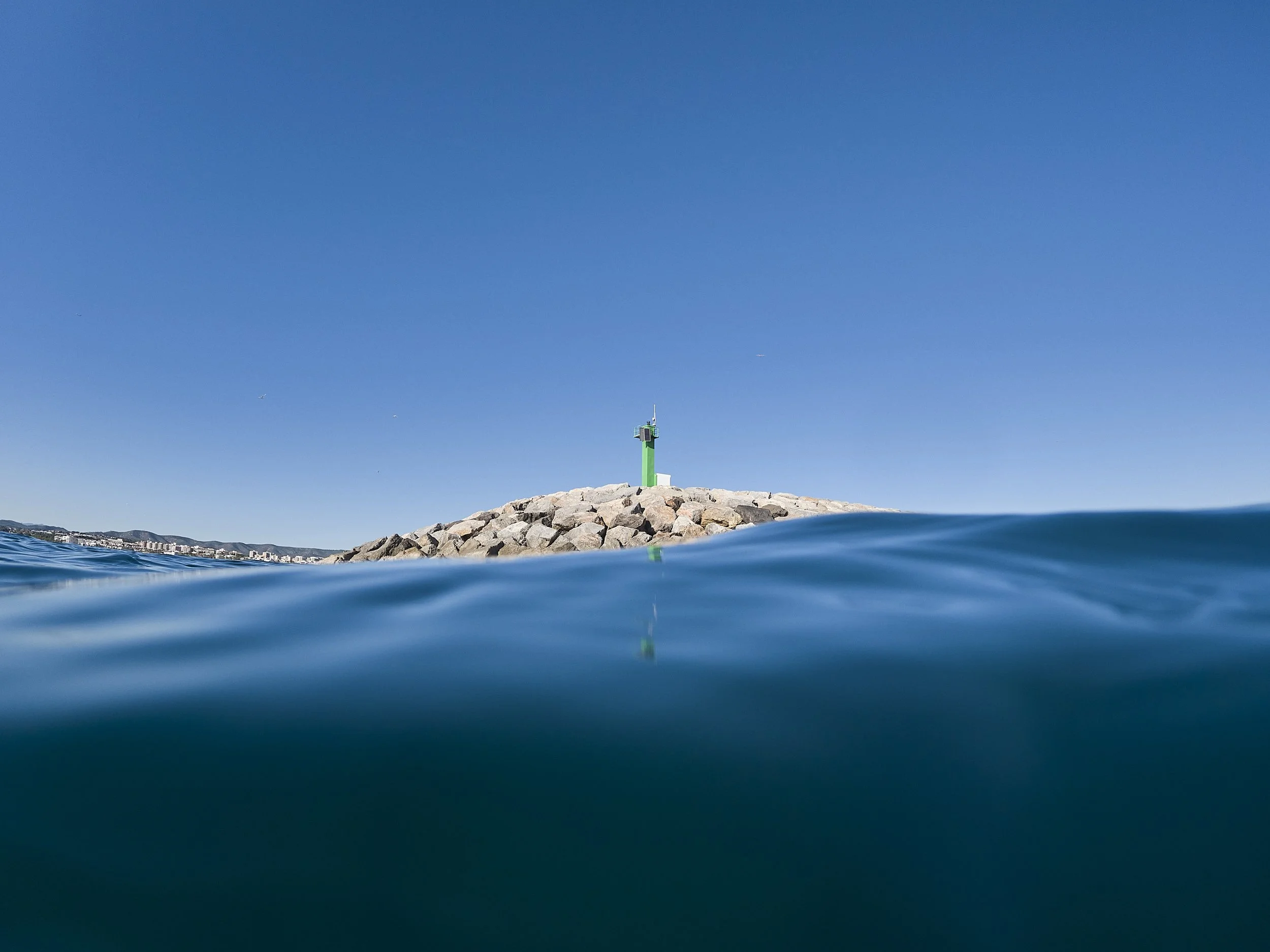The Image Flood: When Everything Is Photographed, Nothing Is Seen
I continue with my ramblings and thought about photography and the act of photographing.
Being probably my first contact with what would later become the basis for my work, I remember how I felt pressing the shutter button on the first camera I ever used. It wasn’t mine—it was my mother’s old Voigtländer.
There was a time when the sound of the shutter meant something. It marked a decision: this moment, this person, this action, this angle, this light—it matters. It meant care through observation, intent through action. It meant that the act of photographing connected the photographer to a time and place—and turned it into something that, if done right, would transcend both time and place. It created an anchor. It documented a reality and, in many cases, embodied a specific point of view. A form of seeing.
Today, the sound has vanished in most cases, but the shutter is pressed constantly. Millions of images are taken every minute, everywhere, of everything. Our lives have become saturated with pictures that are washed out and become fleeting glimpses into a filtered multifaceted reality that is as soon forgotten as the next one creeps up the feed.
Most of these pictures are lost even before they are seen.
The result is a paradox: The more we photograph, the less we see, and the less we look.
Our world is in what could be described as Visual Overdose.
The human brain isn´t wired for such an infinite feed of visual inputs. It´s wired for attention. For focus. For meaning.
But digital platforms, especially social media, reward volume over vision. Speed over substance. Content in a continuous flow that numbs the receptors of the brain. When photography becomes a reflexive response to an experience, when the experience itself triggers the need to capture it before feeling it, the act itself becomes disembodied. We are no longer looking to remember, or doing to feel. We are doing, and seeing just to post, to share, to prove we were there.
Photography, once an act of stillness and memory, is now often an act of forgetting in real time.
And that over saturation has a cost, one we are willing to asume, apparently.
The oversaturation doesn´t just mean there is a lot of content thrown at us, and chosen by algorithms to feed us, and keep us engaged in the scroll, but it mean that none of it sticks.
The image, once a container of memory and emotion, now simply floats in a stream of interchangeable visuals. A wave of sameness, stylized aesthetics and algorithm driven repetitions.
When we consume images like that, the same happens with video and other forms of content, we stop giving them the time they require to move us, to take us away, to open our eyes and make us see. The gaze becomes shallow, we move on and with that gesture, the photograph becomes disposable.
And with it, with that disposability comes another great cost: The erosion of photography's power to bear witness. When everything is photographed, photography looses its power to shock, to surprise, to truly move. Even tragedy, aestheticized, can be dulled by perception.
So what is it we loose when we stop truly looking?
The flood isn´t just outside of us, it changes us inside.
t changes the way we see, the way feel, the way we read.
It trains us to skim, to thin out attention until its so stretched out that its barely noticeable, but enough to keep us hooked to the scroll.
It shifts our relationship with memory, because we outsource remembering to devices and files stored in the cloud, assuming we can always go back to the image, to the feeling, to the place.
But we rarely do.
We trade presence for proof that we were there at that place at a moment in time that dilutes into nothingness once it is uploaded to the cloud, and we have to go back to the file to remember, the feelings don´t long brand us, the sensations don´t longer stay.
And this transcends photography, it affects everyone.
Because how we photograph is how we learn to see.
And how we see shapes how we relate to the world.
So when we stop really looking, we risk becoming indifferent. Passive. Detached.
When everything is photographed, nothing is seen.

